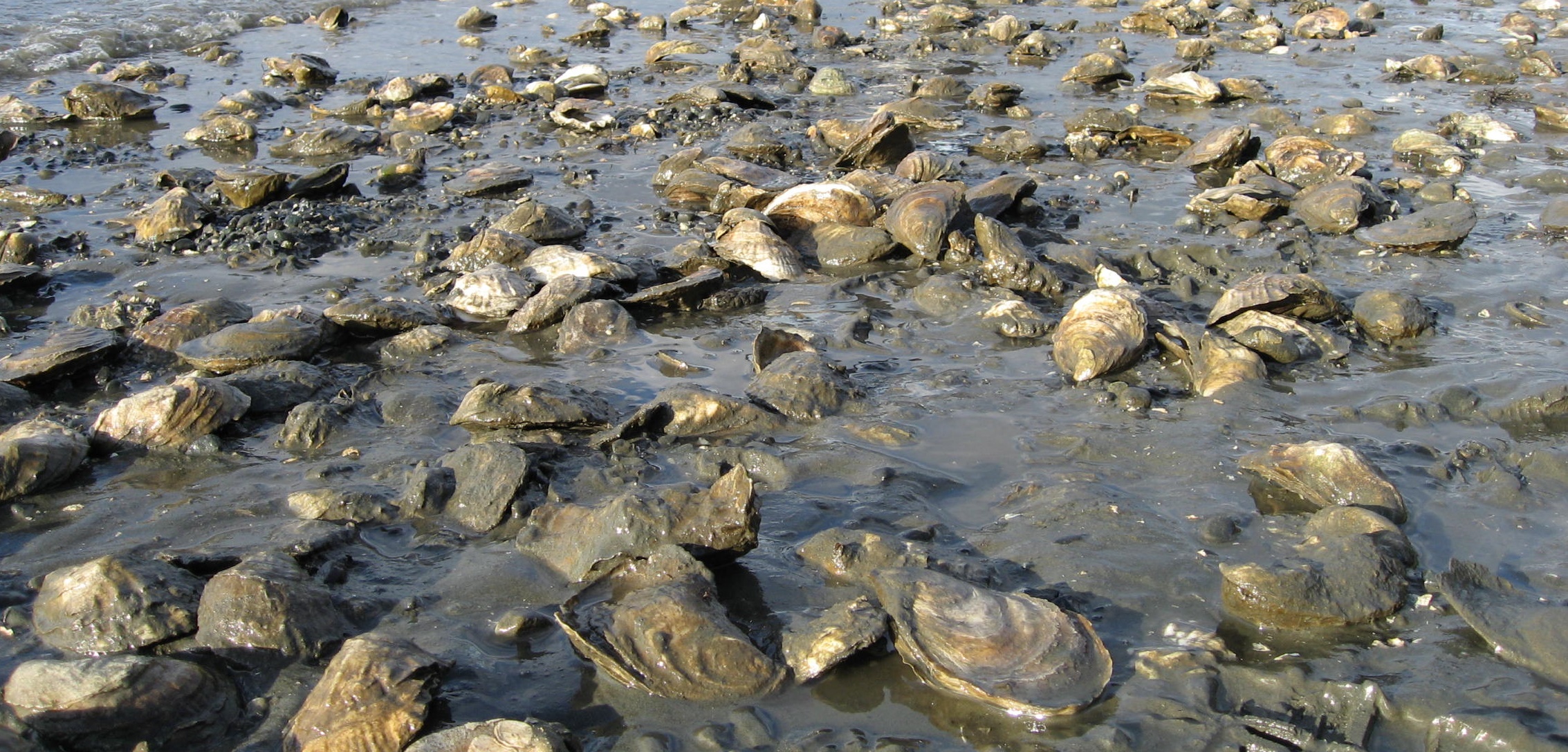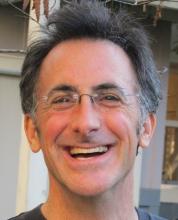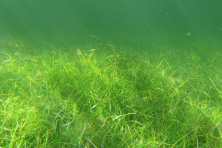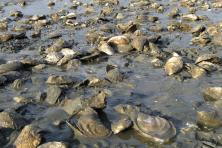The oceans do us a huge favor: almost one-third of the carbon dioxide we produce doesn’t stay in the atmosphere, but ends up in the ocean. Given the problems with global warming, you’d think that the less CO2 in the air, the better. In general, that’s true, but CO2 dissolving in the ocean is causing its own set of problems.
The chemistry of ocean acidification is highly certain. If you remember your high school chemistry with fondness, you’ll recall the basics: pH, or acidity, is a measure of the concentration of H+ ions; low pH means high H+. But H+ ions are nasty actors: too much H+ in water can make a coral limestone go fizz, or make a baby-faced oyster reconsider if life is worth living. So how is carbon dioxide related to acidity?
When carbon dioxide dissolves in water, it forms carbonic acid, and that’s the problem. Since the ocean is weakly basic, the carbonic acid is not stable and it splits up to produce hydrogen and bicarbonate ions. There is lots of bicarbonate in the ocean, but the hydrogen ion is what makes life difficult for ocean creatures. There has been a 30% increase in H+ in the ocean since the Industrial Revolution.
An early wake-up call occurred about five years ago when oyster hatcheries on the Washington and Oregon coast were unable to grow oyster larvae. The larvae didn't form a shell, and didn't settle to the bottom as usual. This spelled trouble for the Washington’s $270 million shellfish industry, which supports 3,200 jobs. In his remarks on Earth Day last month marking the opening of the Bullitt Center in Seattle, Governor Jay Inslee said, “First we had the canary in the coal mine. Now we have the oyster in the ocean for climate change.”
Why now? Why here? Why us? A combination of natural and human made factors made the Northwest the first place to experience major economic impacts of ocean acidification. Our coastal waters are extremely productive, teeming with plant life. After the plants (a.k.a. plankton) die, they settle to the deep ocean. When they decompose, CO2 is produced, just as we breathe out CO2 after eating our Cheerios in the morning. So the deep Pacific Ocean is acidic and some of that deep, acidic water has come to our coast.
But how did that deep water get to the surface? If you wondered why you don’t swim in the frigid waters off Washington or Oregon, even in the summer, it’s because cold, deep water is upwelled to the surface when Northern winds blow. The winds, the productive ocean, and upwelling of deep waters are natural, but adding man-made CO2 tips the system over a threshold, making the water too corrosive for the oyster larvae to thrive.
Washington State is clearly in the lead to find innovative, comprehensive solutions to this challenge. A blue ribbon commission of scientists, policy-makers and shellfish industry representatives appointed by former Washington State Governor Gregoire marked the first state-funded effort to tackle ocean acidification, releasing its report on November 27, 2012.
For the short term, hatcheries such as Taylor Shellfish can monitor the water. They can condition the water, but we can’t condition the entire ocean. We know ocean chemistry very well, and we can set limits for atmospheric CO2 below known chemical thresholds so that sea creatures such as coral and sea butterflies—an essential food source for salmon—will be able to live.
The rate of change is also critical. If ocean acidification occurs quickly, biological impacts will be harsh, but if we limit CO2 and further increases are gradual, it is possible that organisms can adapt. That’s good news for all!
While the chemistry of ocean acidification may sound complicated, it’s simple to see that we unless we change business as usual, we might not be able to enjoy one of life’s greatest pleasures – fresh oysters on the half shell.
David Hastings is a marine geochemist at Eckerd College, St Petersburg, FL. His research interests focus on marine indicators of past climate change and climate change education.



